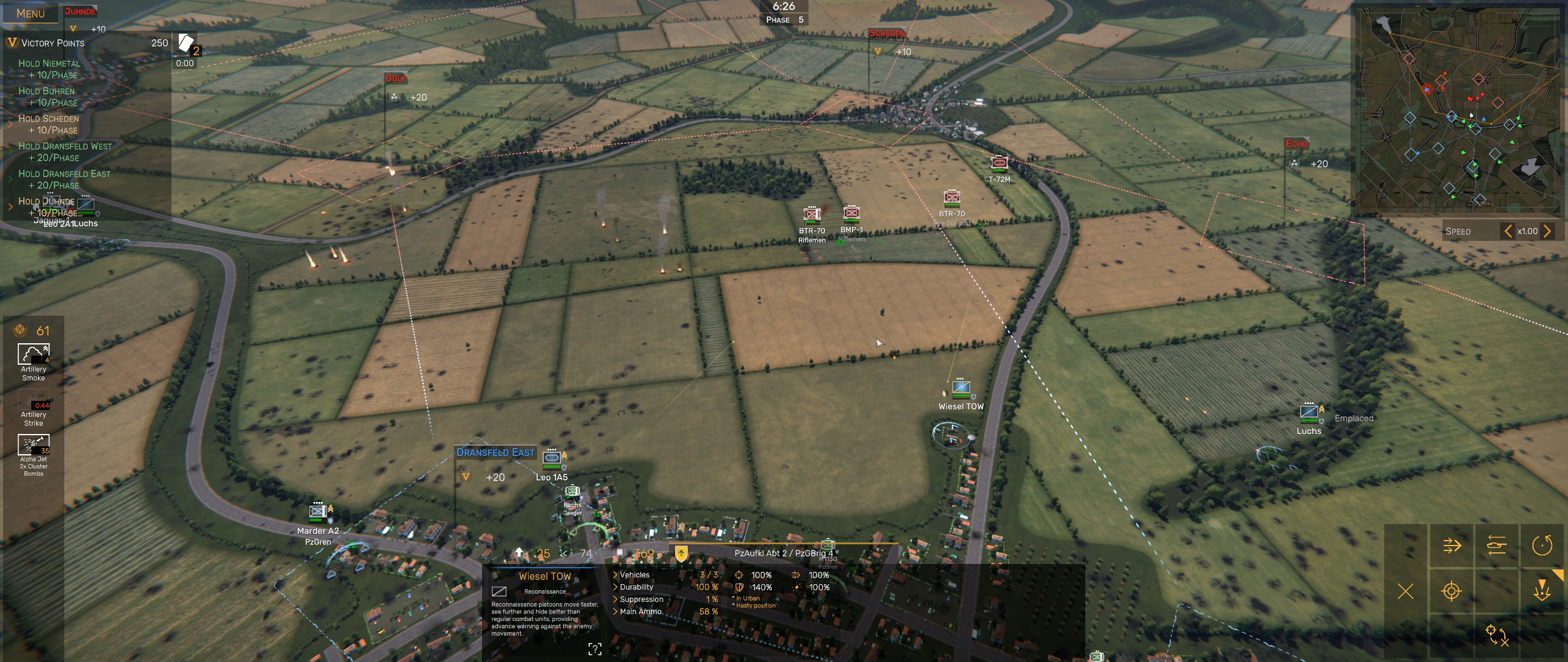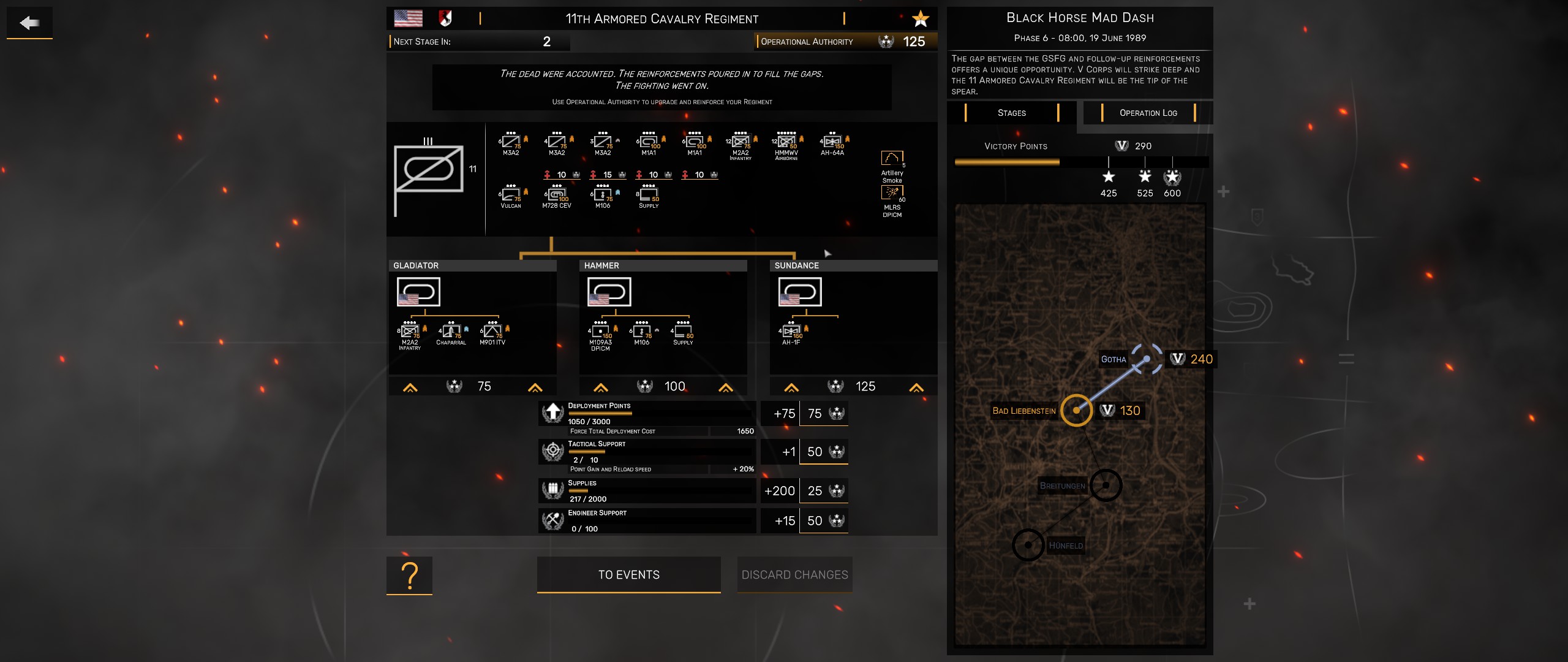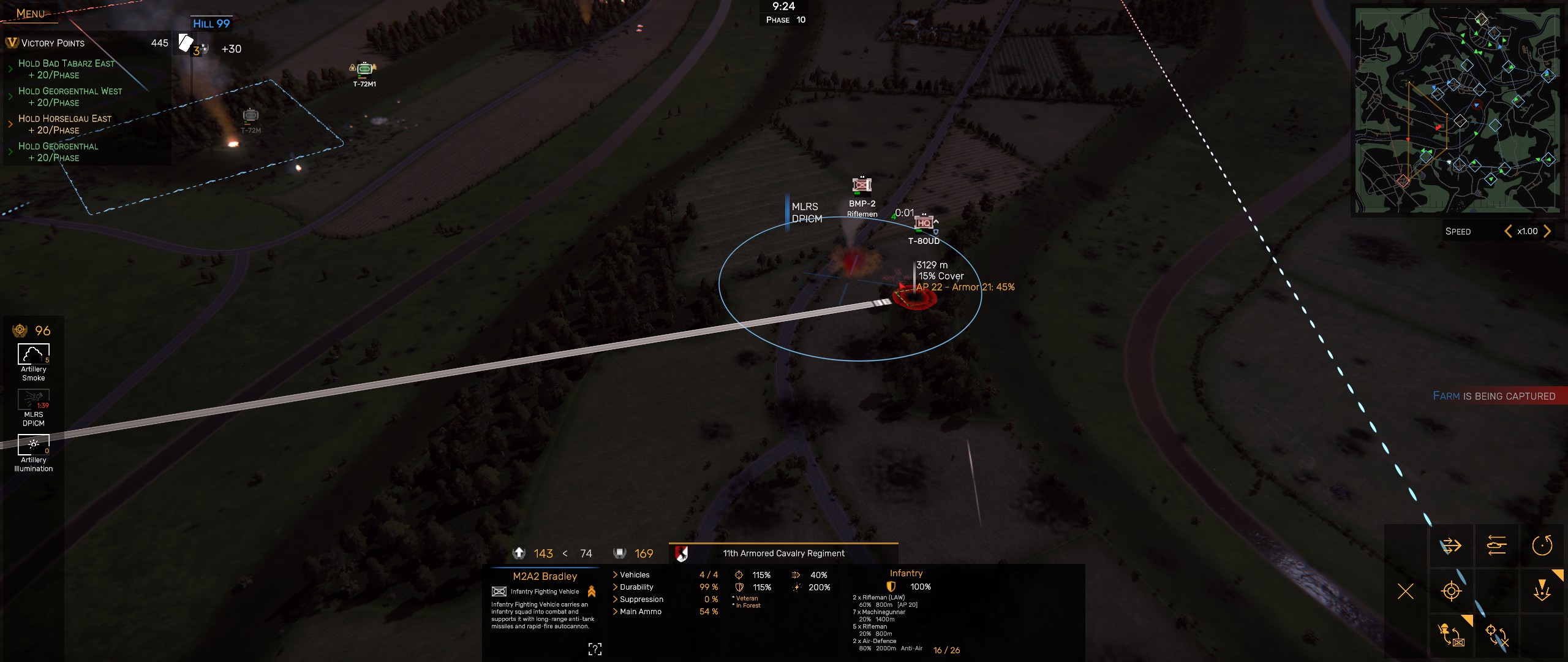Happy new year, everyone!
2022 was an excellent year for new games. Unlike previous years, where I spent more time on older games, my favourite games of 2022 were almost entirely new releases. I had a clear #1 — Terra Invicta — followed by a string of titles that all did at least one thing well. In site news, I interviewed Vic Reijkersz, the developer of Shadow Empire.
The year’s releases fell into several major categories for me:
- Vast strategy epics
- Short, delightful indies
- Turn-based tactics
- Others
Enjoy the site? Subscribe below to receive email notifications:
The grandest of strategies: Terra Invicta, Old World, and Total War: Warhammer 3
2022 was a great year for new strategy games. Most notably, Terra Invicta was unique and brilliant. Old World marked a master’s return to the 4X genre. And Total War: Warhammer 3’s Immortal Empires campaign felt like a return to form for me after the disappointment of the Eye of the Vortex campaign in Warhammer 2.
Terra Invicta (PC, early access, 2022) – Sprawling, ambitious, and slow-burning, Terra Invicta is the game I’d looked forward to for years. It’s a hard science fiction strategy game that presents a more grounded take on XCOM and Stargate: SG-1 – what if humanity made first contact with a hostile alien species, mastered their technology, and clawed our way into space? The game unfolds across Earth, where different factions rally countries to their causes, wage shadow wars with agents, and eventually fight overt wars with armies; and in space, where humans progress from the Moon, to Mars, Mercury, the moons of Jupiter, and beyond.
There has never been anything like this, and I feared the developers might be unable to execute on their vision. They exceeded my wildest dreams. Even in Early Access, it is playable and extremely fun. With the necessary polish, this could become one of the greatest strategy games of all time.
This was also the game that made me break my rule about “no Early Access games for GOTY”.
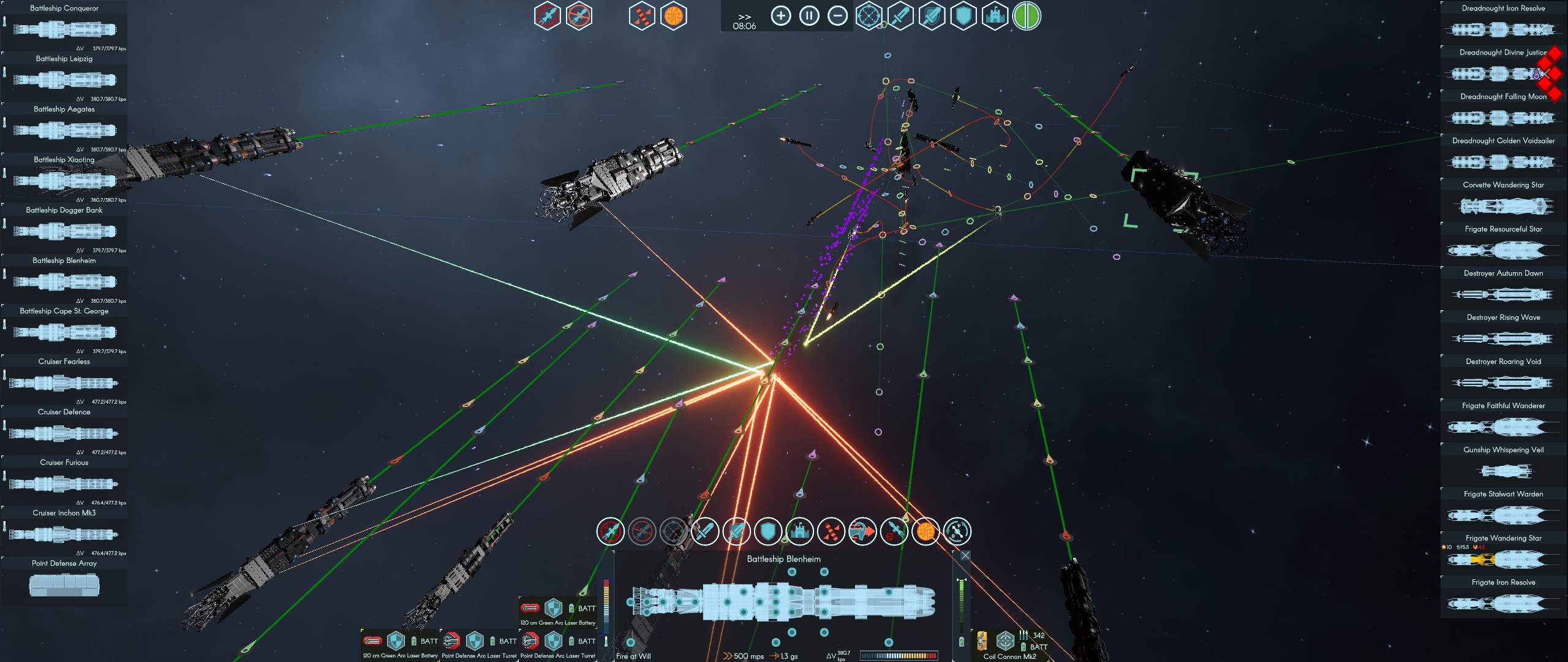
Old World (PC, 2022 on Steam) – Nearly 20 years after Civ 4, Soren Johnson revisited the 4X genre with Old World. Set in the ancient Mediterranean, Old World moves the historical 4X genre forward with a plethora of interesting ideas, such as limited moves per turn; using different production resources for soldiers, buildings, and city workers; and adding a character-driven touch in the form of the player’s dynasty. Its cut-throat AI is leaps and bounds ahead of the recent Civ games.
Several negatives held me back from playing more when it released on Steam: the learning curve was steep (I think exacerbated by the game’s novelty), the aesthetic and UI were somewhat dated, and the game was surprisingly system-intensive.
Since then, Old World has grown on me, and a new PC alleviated the system issues. I look forward to playing more.
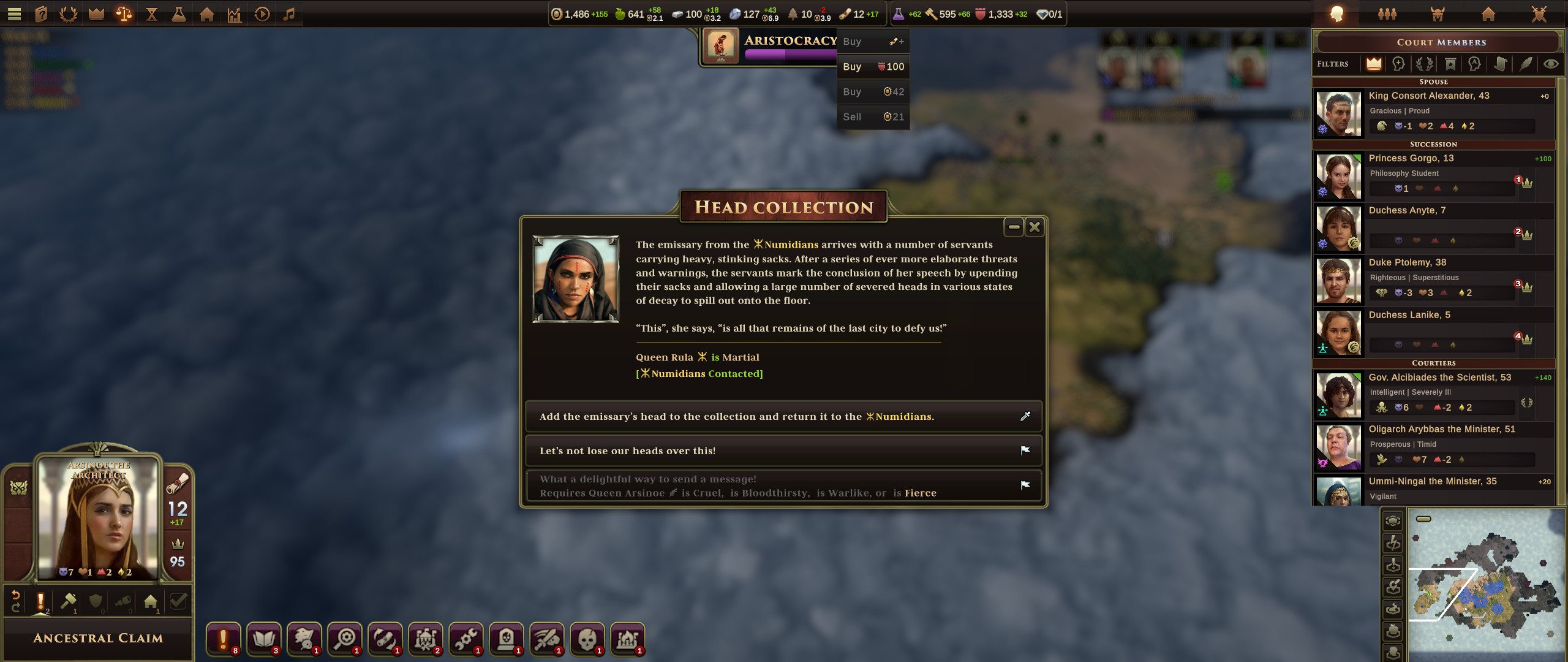
I started Total War: Warhammer 3 (PC, 2022) in the last few days of the year. I loved Warhammer 1 (and the historical Total Wars), and after being disappointed by Warhammer 2’s campaign, I’m enjoying the freeform Immortal Empires campaign in Warhammer 3. Cathay — WH3’s fantasy interpretation of China — is an interesting mix of human soldiers and artillerymen; immortal dragon monarchs; giant terracotta warriors; and intrepid caravaneers. I’ve hit the “short” victory conditions, but still feel like playing more. And I’d love a spin-off game about the caravans!
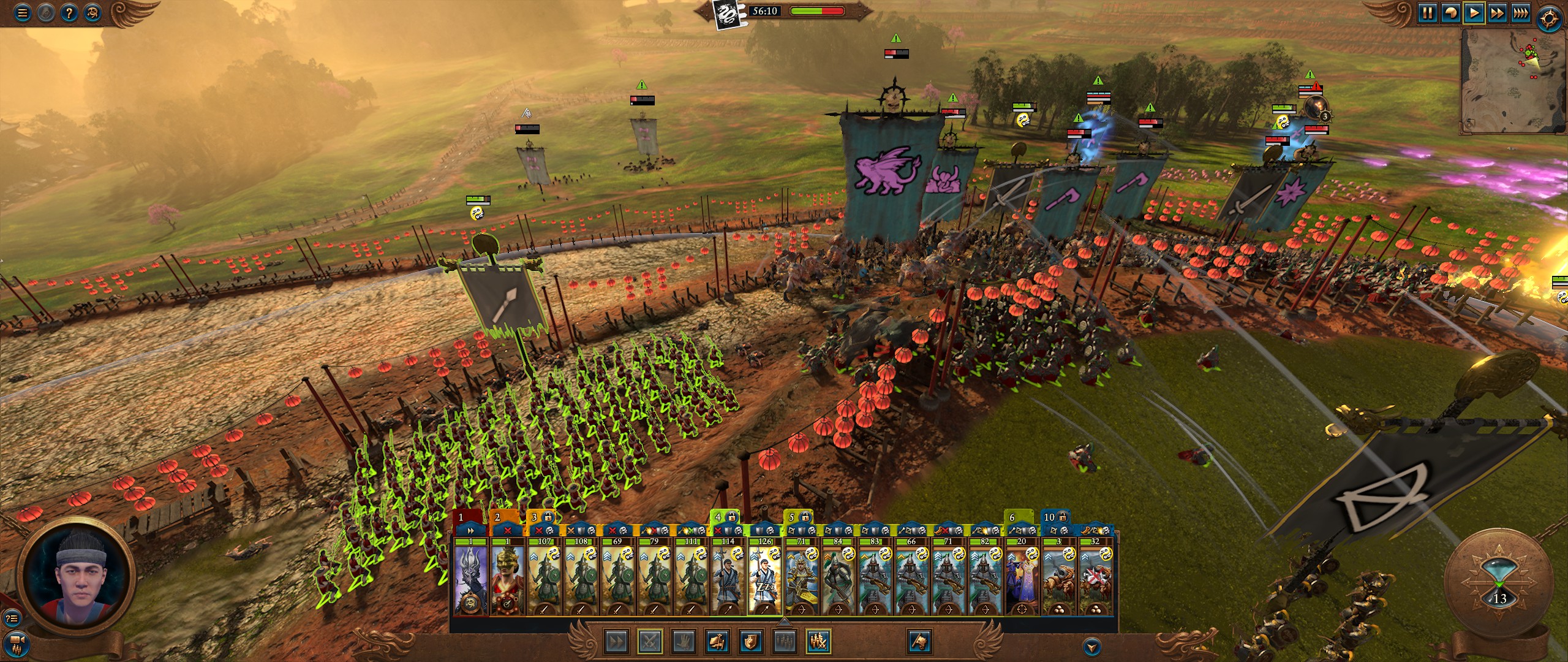
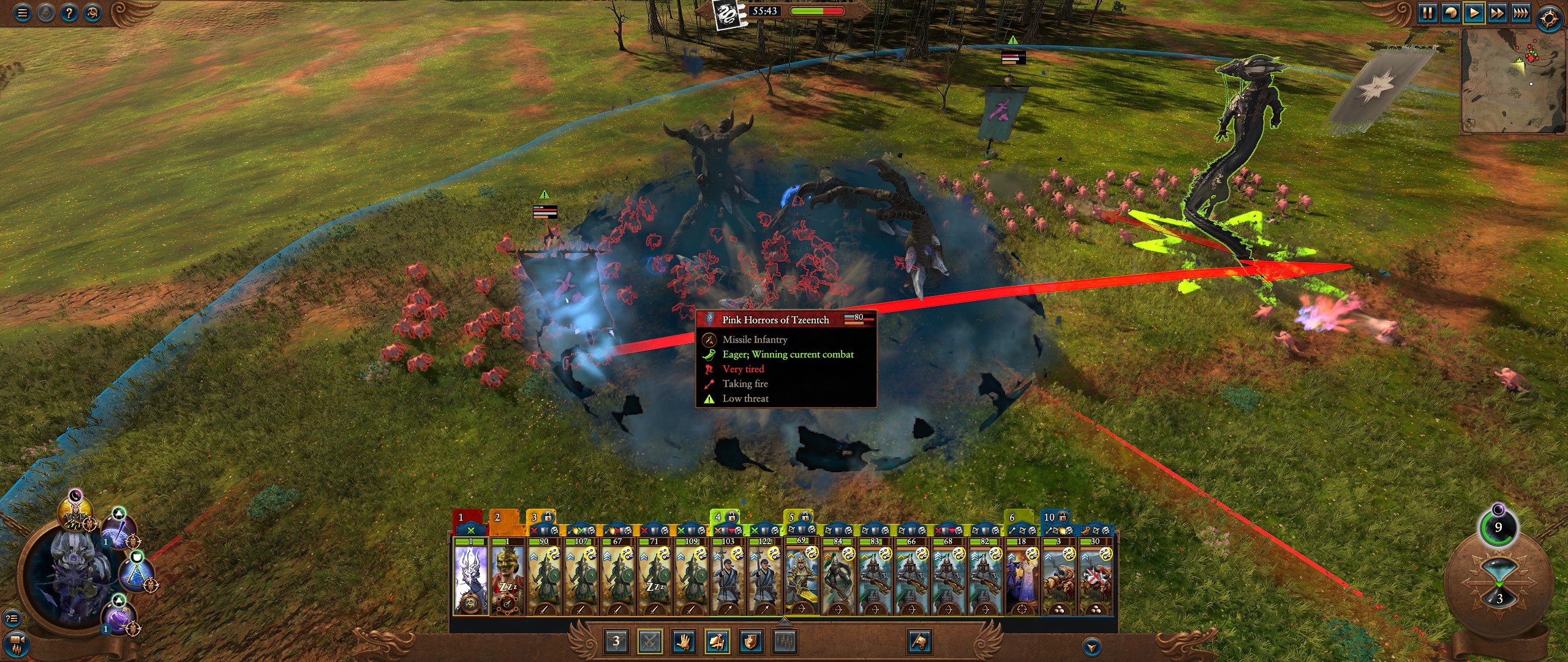
Short and sweet: Tinykin and Li’l Gator Game
At the opposite end of the spectrum, two short, delightful indie games stood out for me in 2022: Tinykin and Lil Gator Game.
Tinykin (Game Pass, Xbox Series X, 2022) – A charming game about solving puzzles as a miniature person in a full-sized house, with the help of the titular tiny creatures. I loved its focus on exploration, its quirky insect characters, and its whimsical world design.
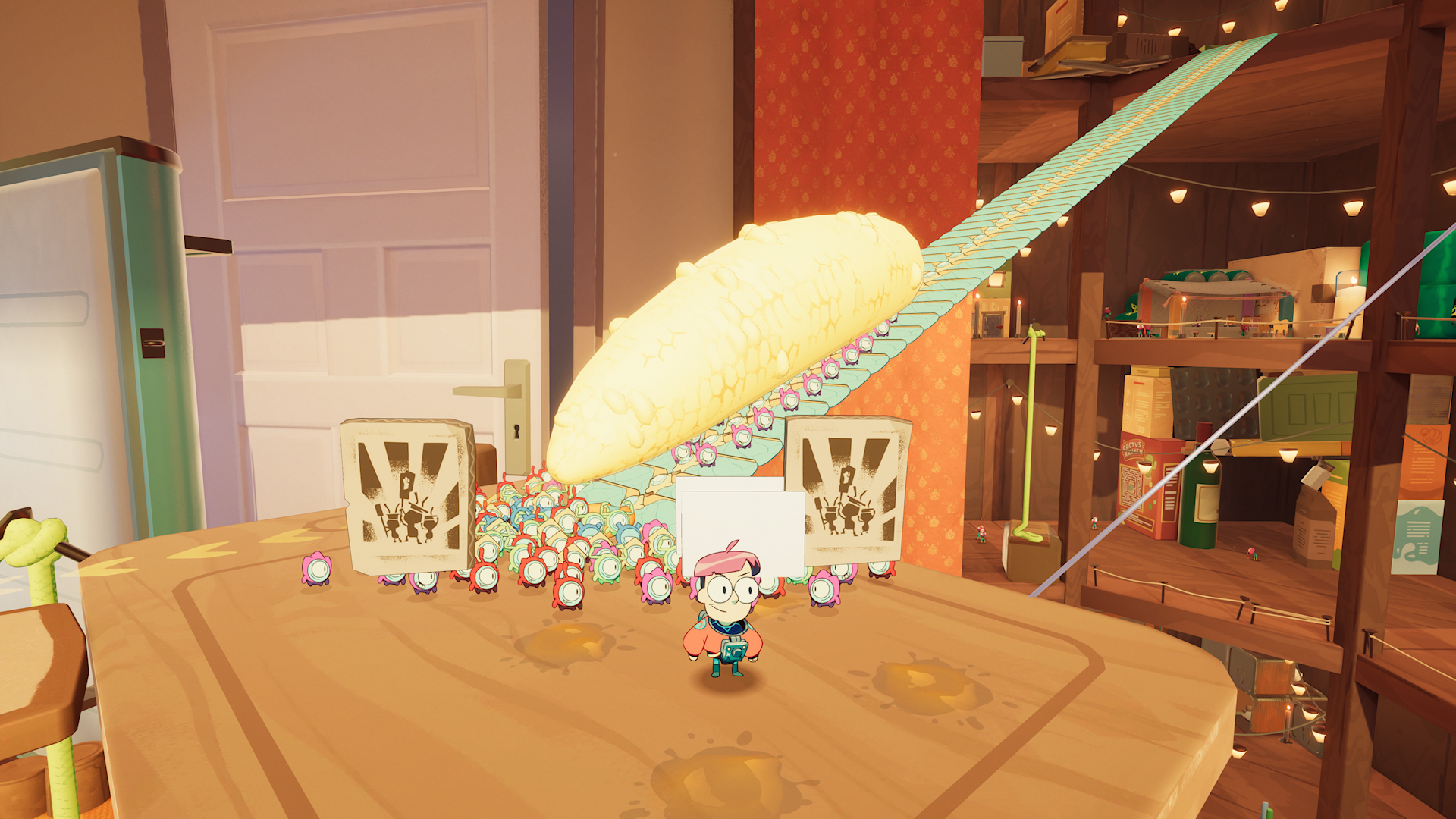
Lil Gator Game (Switch, 2022) – Heavily inspired by Breath of the Wild and A Short Hike, both of which I loved, Lil Gator Game is about the joy of being a kid and the inevitability of growing up. No combat, no death, and a focus on verticality and exploration made it a great low-stress experience.
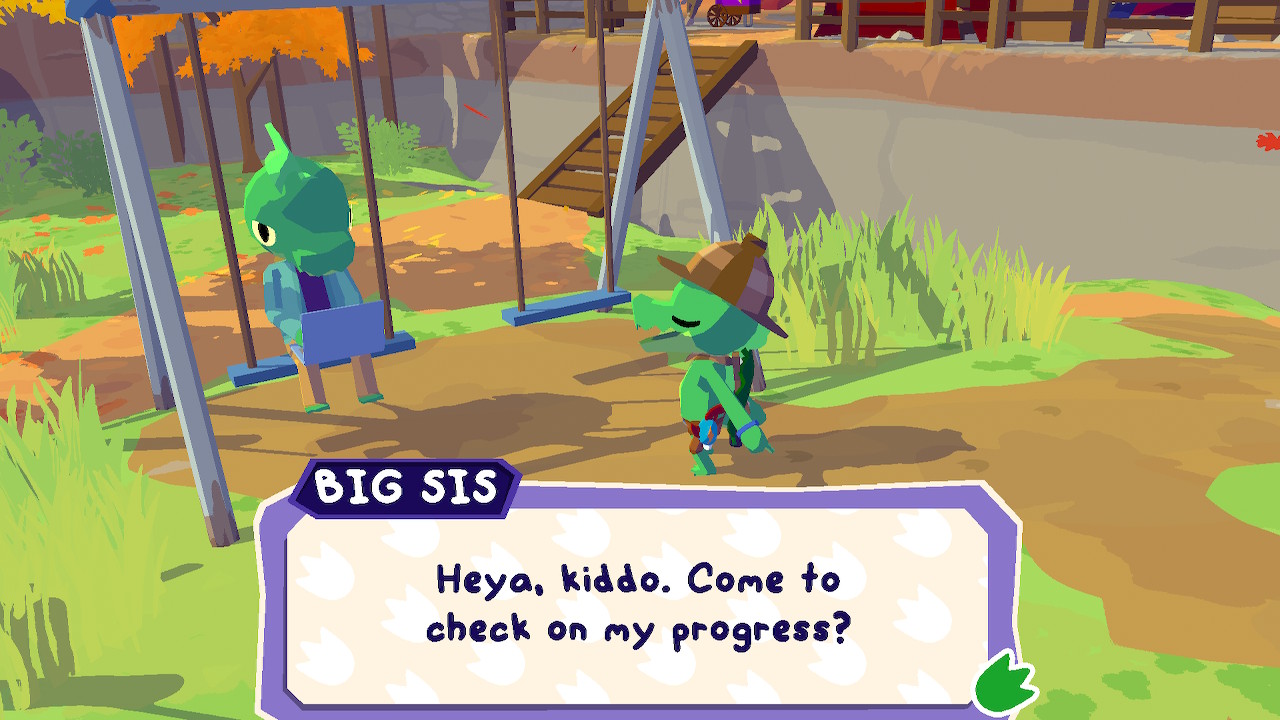
Turn-based tactics: Triangle Strategy, Expeditions: Rome, and Mario + Rabbids: Sparks of Hope
During 2022, I played three newly released turn-based tactical RPGs. They excel at different things: Expeditions: Rome has my favourite characters, narrative, and atmosphere. I found Triangle Strategy the best at presenting information to the player (certainly better than Expeditions: Rome), and requiring the player to convince party members added a unique twist to the branching story. Finally, Mario + Rabbids: Sparks of Hope is a solid evolutionary sequel.
Expeditions: Rome (PC, 2022) – Third (and, it seems, last) in a series of historically inspired tactical RPGs. It commits a couple of major sins in terms of UI and player-friendliness — it’s very hard to tell which tiles enemies can reach, and I can’t find a way to tell what enemies can do with their special abilities. But it is extremely atmospheric — great art and voice acting made this a case of “love at first sight” — and despite the UI failings, the battles became very satisfying once I got the hang of things. For bonus points, it gives a prominent role to Lucullus, my favourite under-appreciated Ancient Roman. I’ve finished (most of) the first act and I’d like to finish the rest.
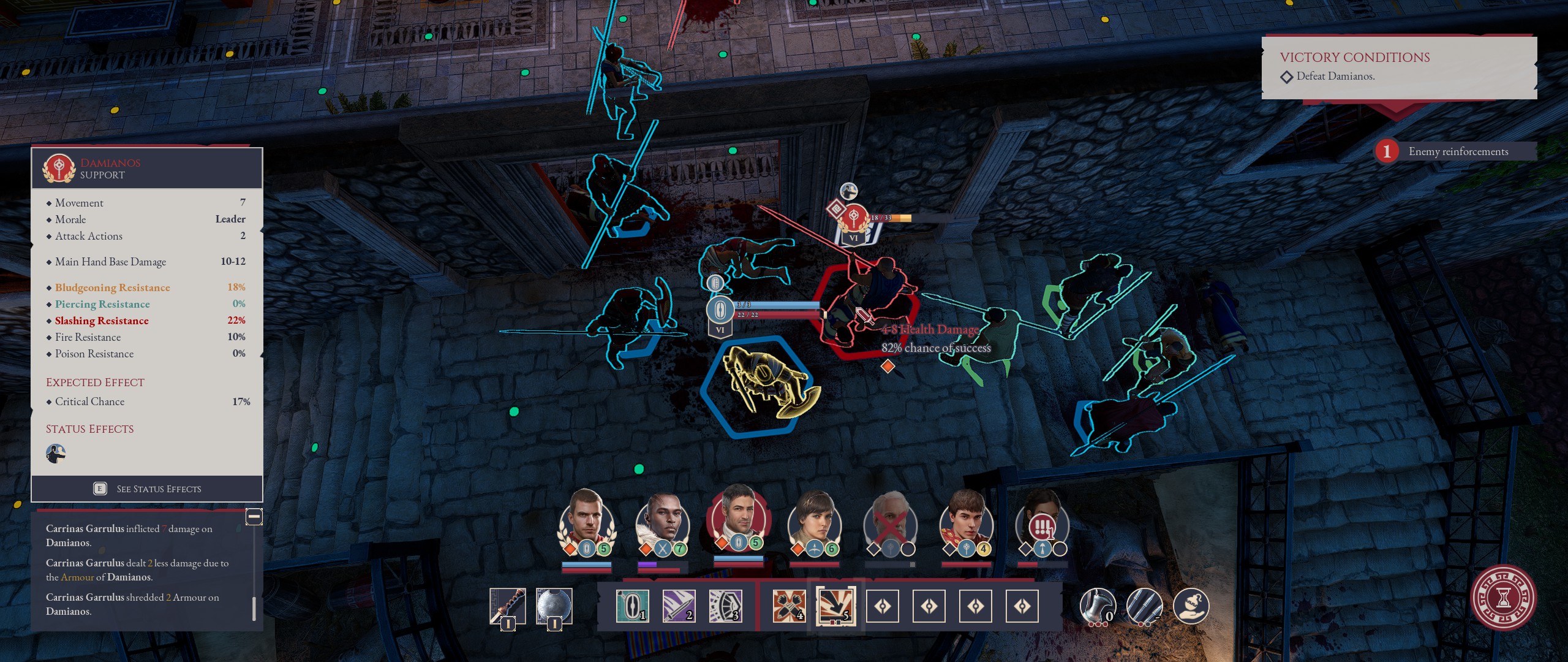
Triangle Strategy (Switch, 2022) — I see this as a spiritual successor to one of my favourite games of all time, Tactics Ogre. Like TO, Triangle Strategy is a turn-based tactical RPG with a branching story, set in a grounded, low fantasy world. I don’t think the writing quite rises to the level of Tactics Ogre, but it has a great art and aesthetic, and it gave me some fantastic battles.
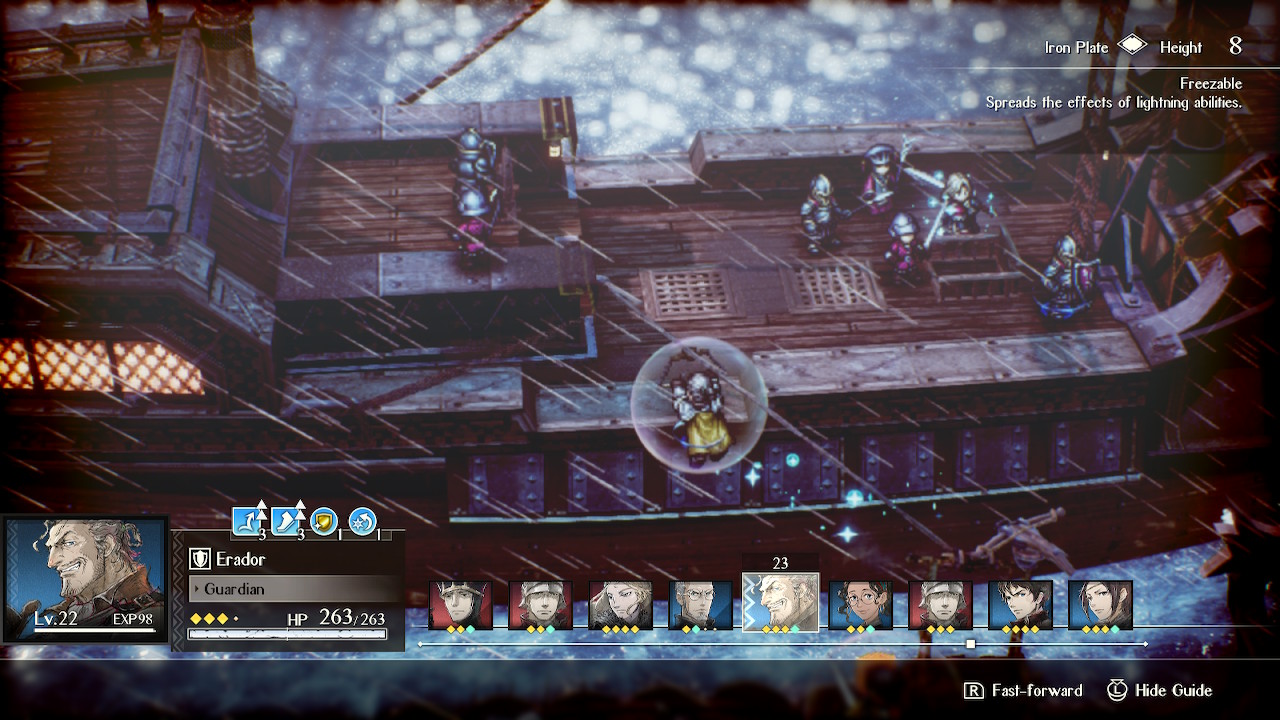
Mario + Rabbids: Sparks of Hope (Switch, 2022) — I liked the first Mario + Rabbids (one of the first two games I bought for Switch), and Sparks of Hope refines the series formula by making the characters and their abilities more distinct, and adopting a “free movement” system. As with the first game, the setting, tone, story, and characters are so silly that there’s no narrative tension. Still, a mechanically solid game, recommended for fans of the first.
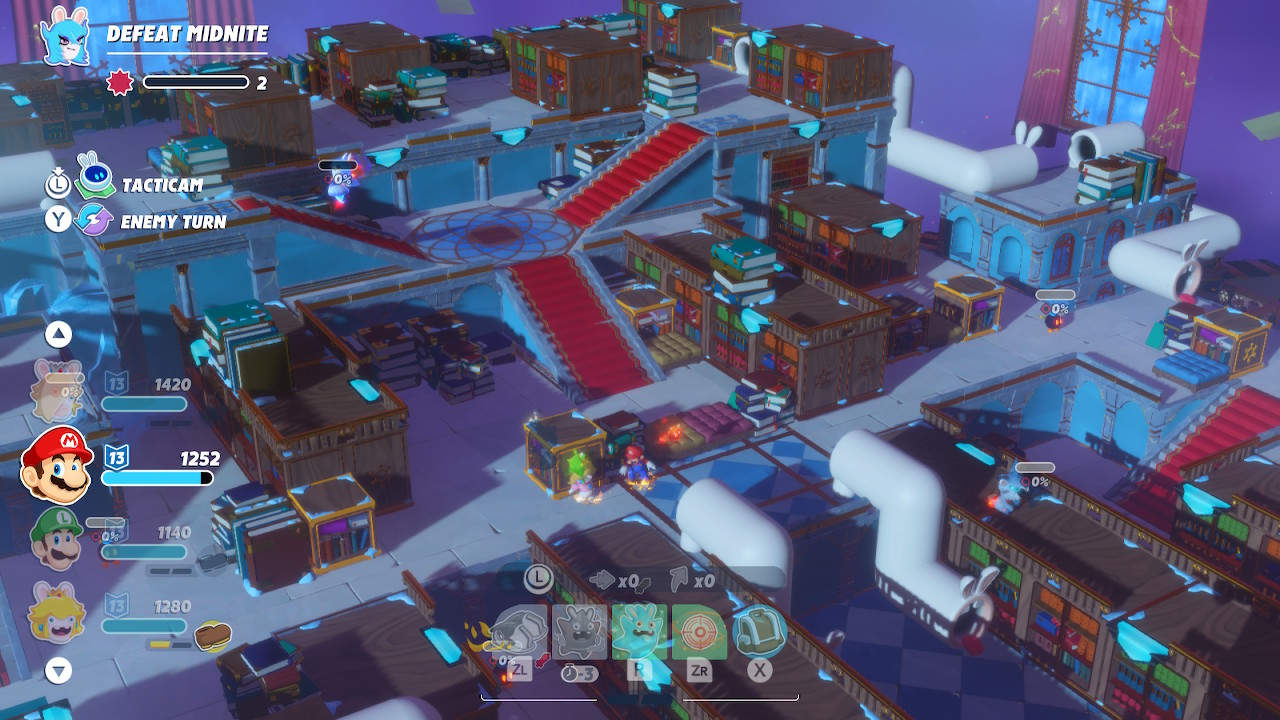
The elegant tribute act: Regiments
In a category of its own is Regiments (PC, 2022) — a tightly designed, elegant “Cold War gone hot” real-time tactics game. Inspired by Eugen’s Wargame series, Regiments adds its own twist to the formula. It offers a good single-player campaign, which starts small with the East German army fighting pro-democracy mutineers, before building to a “clash of titans” between the US and Soviet armies. In December, it received a free content update, and I expect more to come.
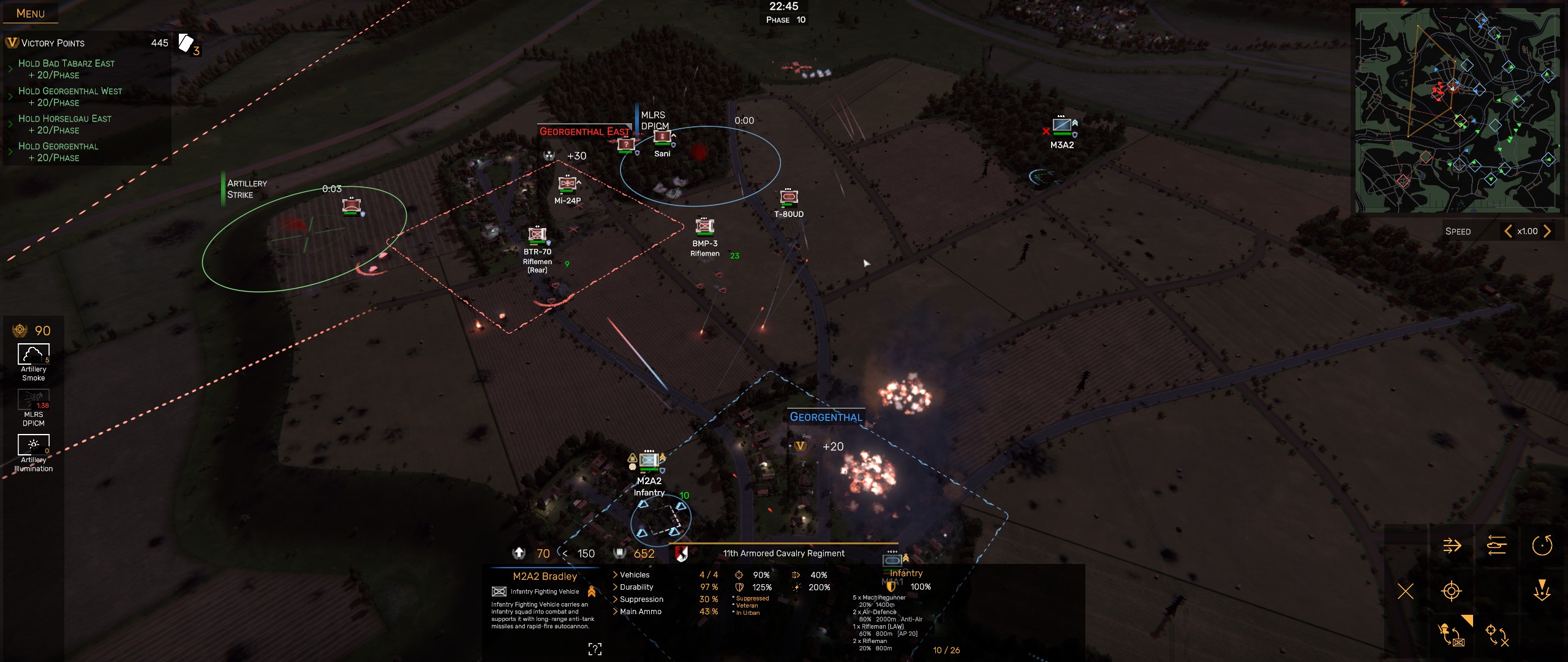
Odds and ends
I thought Victoria 3 (PC, 2022) had promising foundations — and I enjoyed it more than Victoria 2 — but after a bad design decision ended my practice game, I shelved it. This will be one to revisit later; I’ve always liked the idea of the Victoria series, and I’d like to explore several countries in this era.
Two Point Campus (Game Pass, Xbox Series X, 2022) was as charming as its predecessor, Two Point Hospital, but I found it a bit easy and simple.
What older games did I first play in 2022?
Sherlock Holmes: Chapter One (Xbox Series X, 2021) – A game that was clearly developed on a budget, but with a lot of heart. I loved Sherlock Holmes: Crimes & Punishments; Chapter One moves from discrete cases to an open-world format. I’m not quite sure the change of format works, but I like the writing, the developers’ interpretation of Holmes, and the work that has gone into the setting. Another one I’d like to finish.
Cold Waters (PC, 2017) – An elegant and quick-to-learn Cold War submarine sim. I didn’t play much, but enjoyed my time. As with other milsims, I also found it educational.
Rimworld (PC, 2013) – A well-known colony management game. I enjoyed the rhythm of pre-industrial life – preparing for winter, storing a surplus, and planning the next season’s harvest. Quite engaging and challenging, even with enemies turned off.
What older games did I revisit in 2022?
I revisited Humankind (2021), as well as my two perennials, Anno 1800 (2019) and Mario Kart 8: Deluxe (2017), after they all received new DLC in 2022.
I finished the Donkey Kong DLC for the original Mario + Rabbids, in the lead-up to Sparks of Hope.
Finally, I reached the credits on Hades (Switch, 2020) — finding the “right” build for my play style made all the difference.
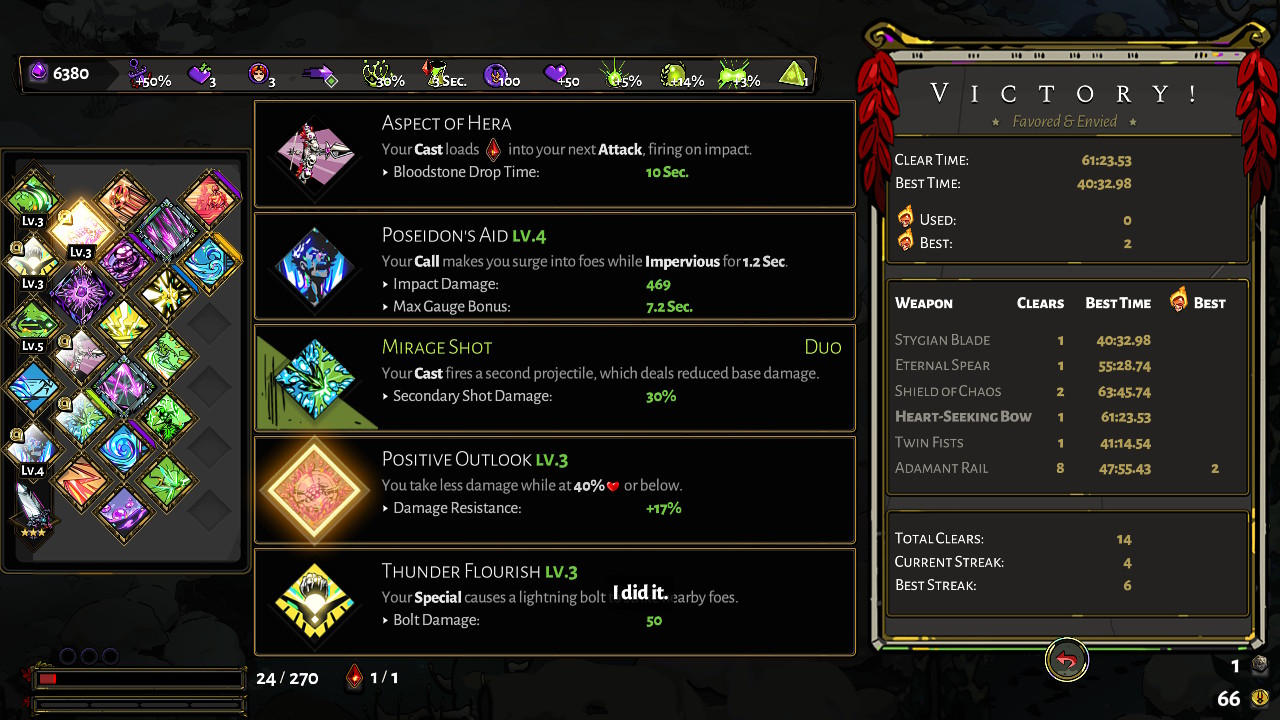
Looking forward to 2023 releases
After how much I loved Breath of the Wild, The Legend of Zelda: Tears of the Kingdom is my most anticipated game of 2023. Details are scanty, so let’s wait and see.
I also loved the Suikoden games, so am curious whether Eiyuden Chronicle: Hundred Heroes, a Kickstarted spiritual successor, will measure up.
Rule the Waves 3 slid from 2022, and should be a fairly safe bet given that I liked the first two games.
Finally, I’m interested in upcoming expansions and DLC for existing titles, such as Shadow Empire’s “Oceania” DLC and X4: Foundations’ next expansion, “Kingdom End”.
